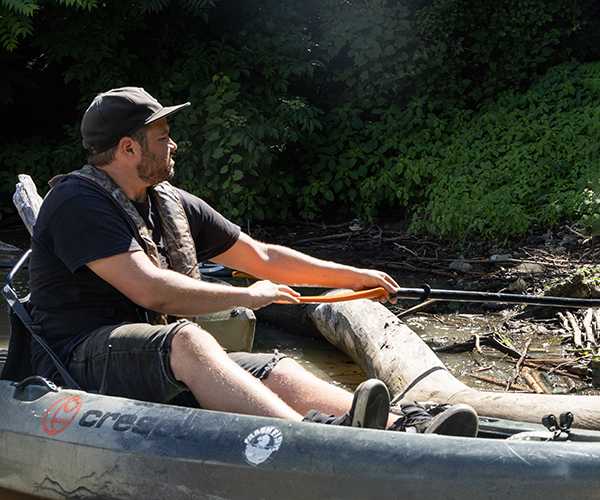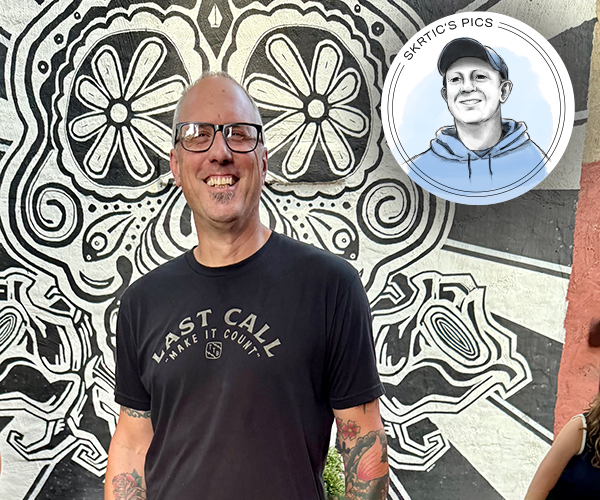Nina Freedlander Gib-ans has been everything from a beat poet to a community arts advocate to a college educator. So, it made sense when the Cleveland Artists Foundation selected the lifelong resident (minus her several years in San Francisco) to plan a series of public forums at local cultural institutions examining our region’s contributions to visual arts and architecture. The 22-hour series was broadcast live on WCPN 90.3-FM in 2000 and 2001. Kent State University Press recently published a hardcover book titled “Creative Essence: Cleveland’s Sense of Place” penned by Gibans, which boils those public forums into a striking package of words and pictures. We talk to the author about the project and what it taught her about our region’s creative identity.
How did you get involved in this project?
The Cleveland Artists Foundation, which was founded in 1984 and is about researching, preserving and exhibiting this region’s art, talked to me in the late ’90s about doing a lecture series. But I didn’t want it to be a normal lectures series. I wanted it to be something that stretches us to explore with the community what is characteristic here. Nothing had really been written about what is characteristic — what this region is really about.
How do the early 20th century artists compare to what’s happening here today?
So many of the artists of the first part of the century really knew each other and worked together. They were teaching at the Institute of Art or they were exhibiting at the [Cleveland Museum of Art’s] May Show year after year after year. Their work got into the heart of the community in that way. The community began to know them and that was part of what was going on. … The newest crop — people who have been here 20 or 25 years and are teaching at places like Kent and Oberlin and Cleveland State University — are very much their own artists and are teaching their own way. Maybe they are not the innovators of the country, but there are several who are.
It’s mentioned in the book that when people think of the West or New England they envision a way of life that carries over into their art. What has defined us?
We’re defined by our industry. From the air, we look very different from the plains and from the coast. ... This might cover a territory that includes Pittsburgh and Buffalo, but that’s what we are. We may move away from that as we gain more force in other domains in the future, but that's hard to say.
The book talks about the current thirst for the sense of community that once existed here among the region’s visual artists. How can it be encouraged?
There’s a struggle right now to make that happen. There’s Sparx [in the City] and those sorts of programs, which focus energy and create visibility. But they seem disparate to me. They don’t seem connected. Galleries have always come and gone, but I think now artists show their work and aren’t on the wall anymore. There’s a great turnover of artists and exhibits. … It’s hard to get a handle on where this is going, but something is bubbling.
What would you hope to see from the region’s artists moving forward?
I want artists of the next years to look at how, for one, they can integrate their work with the [Ohio and Erie] canal project. ... Art that is in public view is where we get our memory. It’s as memorable as our buildings. ... One of the courses I’ve taught is for teachers and how to use the community in the classroom, and one of the pieces that resonates with them is the Jacobs Field bench, where Penny Rakoff has found and inserted in the ceramic tiles, which were developed by Angelica Pozo, the history of that exact spot. You can walk around that bench and learn a lot.”
To learn more, visit www.kentstateuniversitypress.com.



